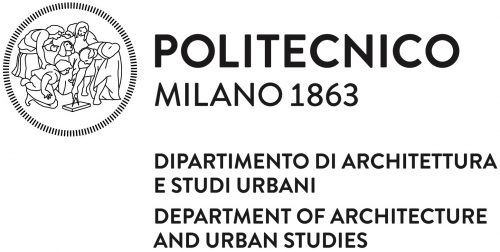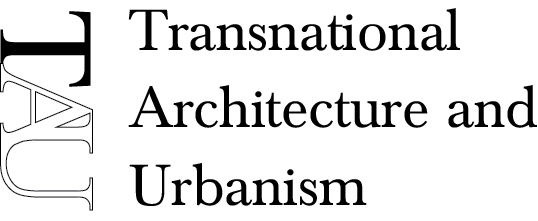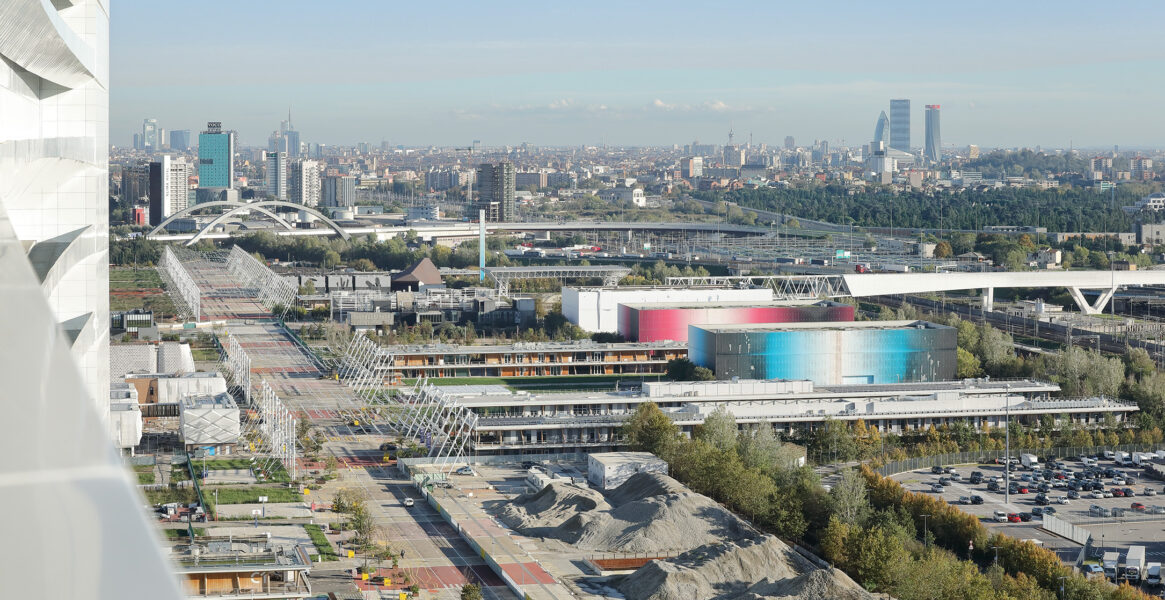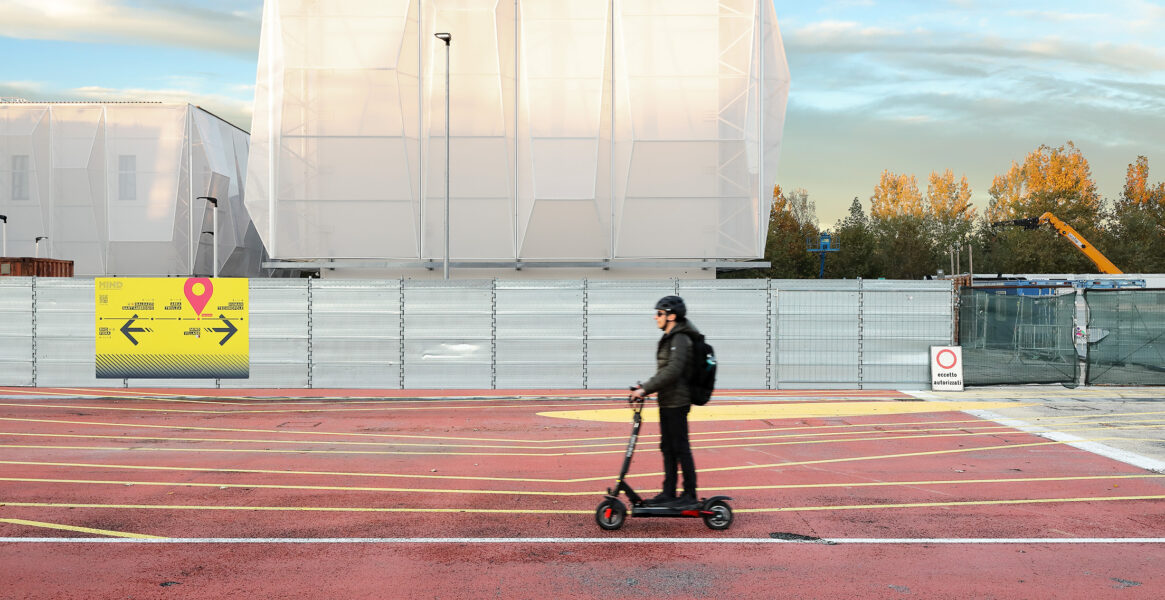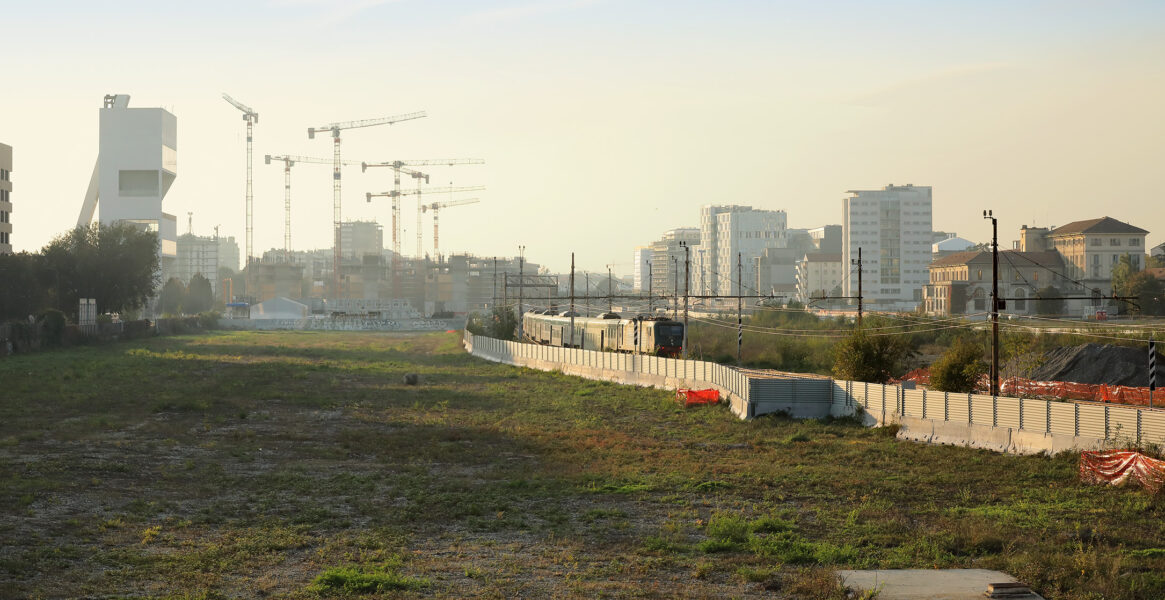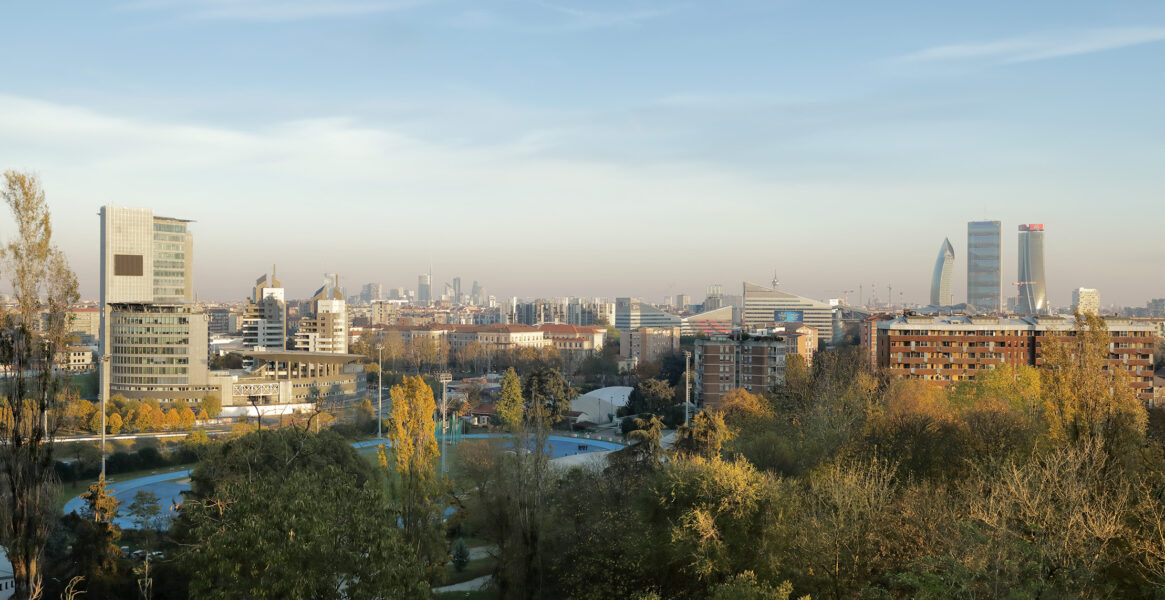Funded by the Milan Urban Center 2020/2021, this research project examines and discusses the relationships between major events, urban governance and legacy, cultural heritage and cultural policies. In particular, the territory of Milan hosting the previous Expo 2015 and upcoming Milan-Cortina 2026 Winter Olympics represent the main area of study and in-depth analysis. Over the past decade, the approach of building large venues and infrastructures for mega-events from scratch has attracted considerable criticism, first and foremost with respect to costs and long-term urban effects. In response to these criticisms, the International Olympic Committee has promoted a new approach, calling for the reuse of existing structures and greater attention to sustainability, effectively shifting attention towards the fabric of the historical and contemporary city. In addition to stimulating and accelerating various urban transformations, the Olympics constitute a moment of great international visibility that host cities use to promote tourism, also through a program of cultural events. This scenario poses new challenges in view of the 2026 Winter Olympics from at least two points of view: on the one hand the relationship between the Olympics and cultural heritage and, on the other, the urban space linked to the Cultural Olympiad.
Planning and carrying out a major event within existing and historic areas of cities certainly generates new opportunities, but also challenges that cannot be underestimated, nor easily resolved after implementation. In Europe and Italy, the powers for the protection of cultural heritage have played sometimes propulsive roles in the relaunch of cities hosting large events, sometimes slowing down and even vetoing the works and realization of the events. In reviewing the experience of hosting the Expo 2015 and the preparations for the 2026 Winter Olympics, the research investigated a wide range of planning documents in Milan, comparing them with the principles of the “Charter for major events in heritage-rich cities”. We then mapped and analysed the ExpoinCittà 2015 programme in the metropolitan space and on the localization dynamics of events and occupation of public land over the period 2017-2020. We looked at other cases such as past Winter Olympics along with the London 2012 and Rio de Janeiro 2016 Cultural Olympiads. Through the work we highlight the importance of public narrative and territorial vision in view of the 2026 Winter Olympics as well as critical issues relating to the role of cultural heritage in planning processes of mega-events. Based on the analyses, specific ideas for the public debate on the cultural strategy of Milan-Cortina 2026 are presented.
As part of the project, we invited several international experts to present their related research as part of the Mega-events and the City Seminar Series. The series draws on multiple kinds of mega-events, their similarities and differences to pinpoint which lessons and learning can be translated among different experiences and how the plans for the 2026 Milan-Cortina Winter Olympics as well as others may benefit from the past cases. The seminars will be clustered to investigate 3 specific perspectives: Urban governance and legacy, Cultural heritage and landscape, Urban regions and networks.
Mega-events and the city: An introduction
Beyond the mega-event: New (?) paradigm for the Olympic Games
Publication
The final scientific outcomes of the research are also published in the 2024 book Milan Cultural Mega-events: From the 2015 Expo through the 2026 Winter Olympics by Ponzini, Jones, Di Vita, Jreij, with Propp.
Researchers
- Davide Ponzini
- Zachary M. Jones
- Stefano Di Vita
- Nicole de Togni
- Abdallah Jreij
All graphics and photographs produced by Propp.
